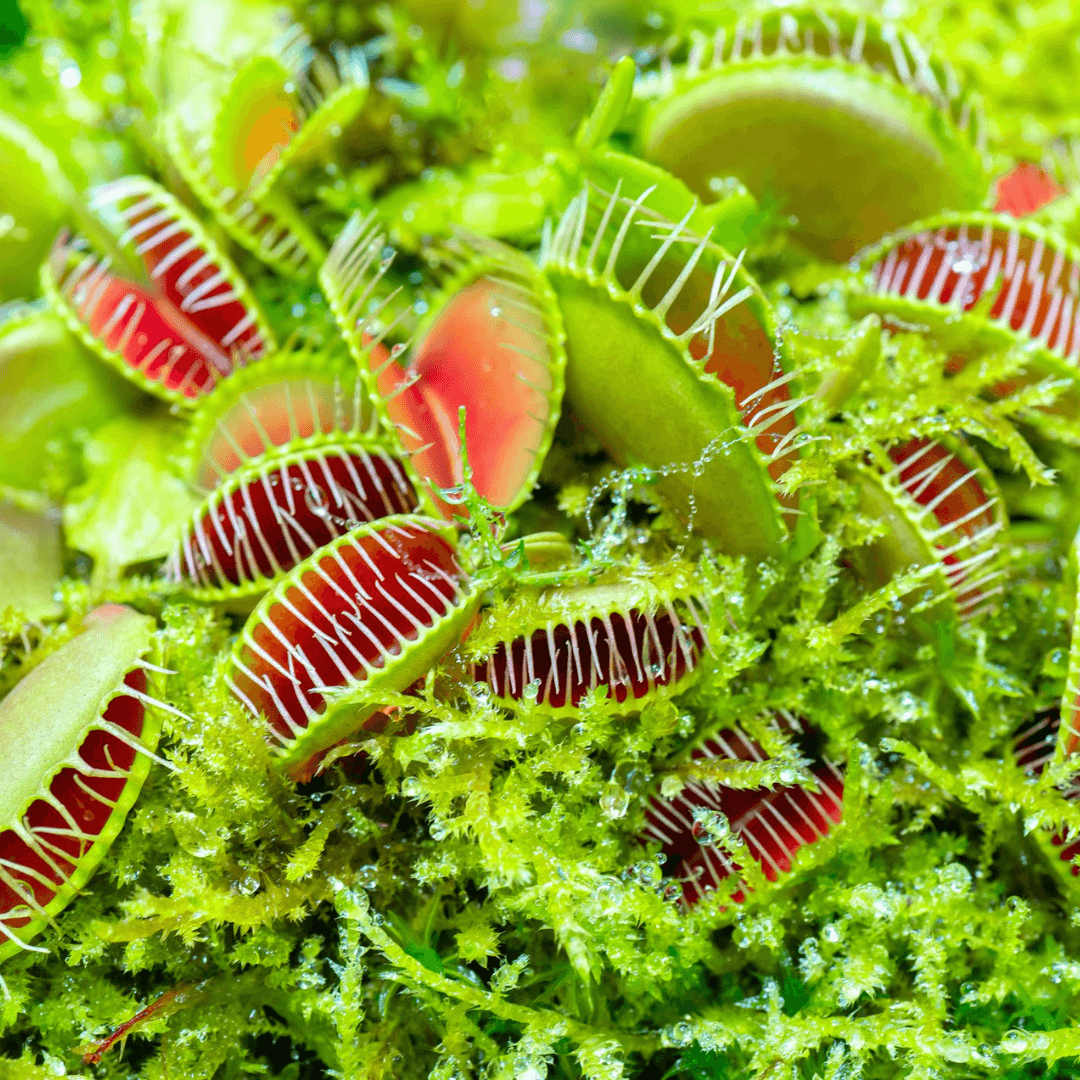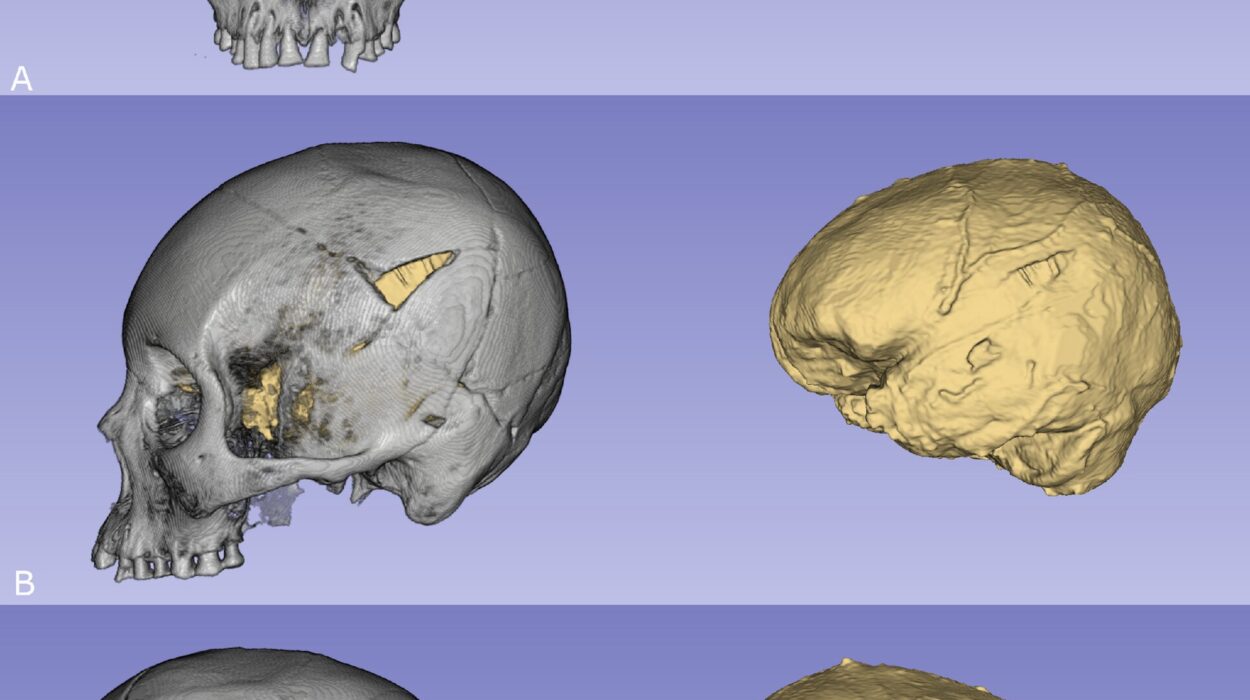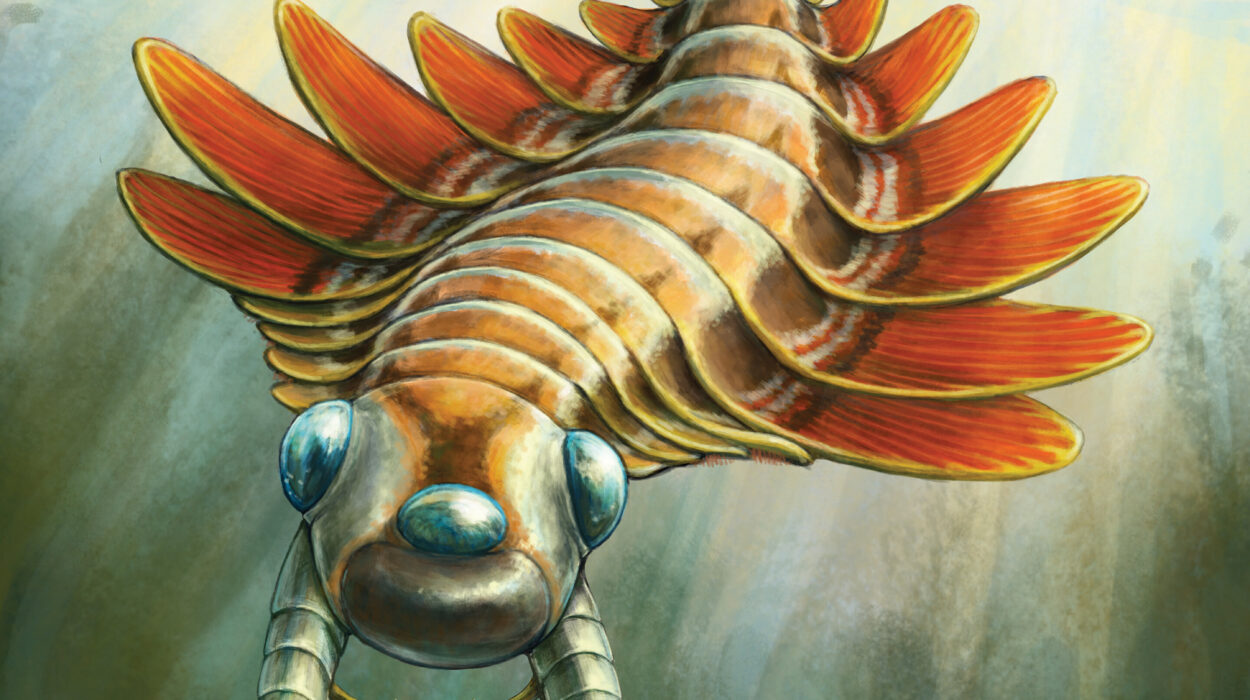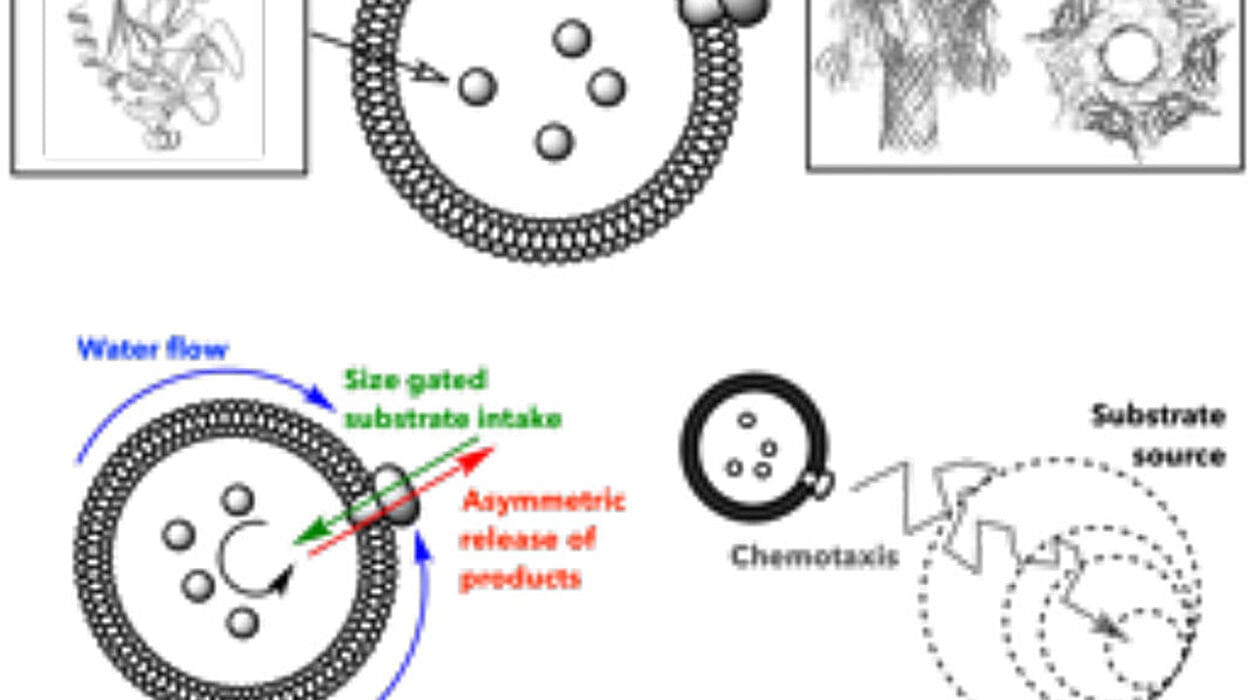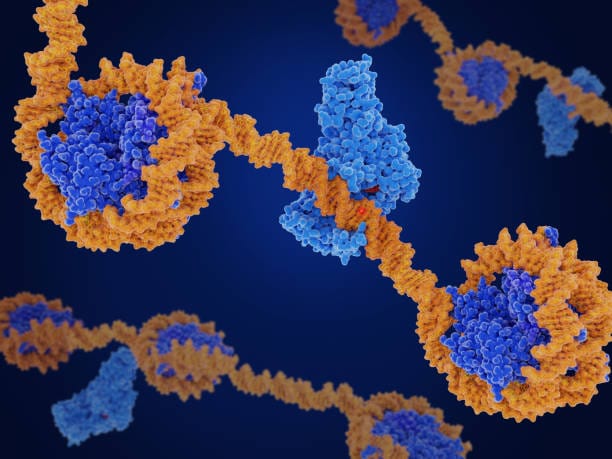In the deep, lush heart of the rainforests, where sunlight struggles to pierce the thick canopy of leaves, a silent battle rages. But this is not the familiar struggle of predator and prey between the animals that roam the forest floor or take to the skies. No, this battle is between the world’s most unlikely hunters—plants. A rare species, so skilled in the art of capture and consumption, that it can move like a predator to hunt its prey. Welcome to the fascinating world of the carnivorous plant.
While most plants are rooted in place, absorbing nutrients from the soil and sun, certain plants have evolved one of the most remarkable traits in the natural world: the ability to move—albeit at a much slower pace than an animal. These plants can hunt, capture, and digest their prey, typically insects or other small animals, just as efficiently as the most predatory beasts.
Among these green hunters, one plant stands out as a marvel of nature’s ingenuity: the Venus flytrap. Its leaves snap shut like a jaw, capturing insects with lightning speed. But beyond the Venus flytrap lies a host of other lesser-known plants, whose ability to move and hunt can be just as remarkable. One such plant that defies our understanding of plant behavior is the sundew, whose tiny, shimmering hairs not only trap but actively ensnare and manipulate its prey.
However, there’s one plant that goes beyond these seemingly passive behaviors. The Sensitive Plant (Mimosa pudica) is capable of performing movements that can be likened to the actions of animals. Its ability to sense and react to external stimuli, like touch, light, and even sound, has stunned scientists and intrigued curious minds for centuries. But is it truly alive in the same sense as animals? Can plants possess a form of consciousness? And what other movements do they display?
The Incredible Mimosa Pudica: A Living Paradox
To understand how plants can hunt, we must first take a journey into the world of the Mimosa pudica, one of the most fascinating and perplexing plants in existence. Commonly known as the sensitive plant, this diminutive yet extraordinary species is native to the tropical and subtropical regions of Central and South America, though it can now be found in parts of Asia, Africa, and even Australia. With its delicate, fern-like leaves and vibrant pink flowers, it seems like any ordinary plant at first glance. But its ability to move in response to touch has earned it the nickname “the shy plant” or “touch-me-not.”
Mimosa pudica is a master of motion—a plant that can move with the agility and speed of some animals. The most famous display of its behavior occurs when a curious hand brushes against its leaves. Almost instantly, the leaves fold inward, shutting up tightly as if the plant is “closing up shop” in self-defense. This movement is startlingly quick, almost as if the plant is recoiling from danger, and it happens with such precision that it seems deliberate, as though the plant is aware of the touch it receives.
This movement is a defense mechanism, but it’s far more complex than simply closing in response to touch. The plant’s rapid response is controlled by an intricate network of cells that operate like hydraulic pistons, a form of cellular communication that results in movement. When the leaves of Mimosa pudica are disturbed, electrical impulses shoot through the plant’s veins, triggering a sudden influx of water into certain cells. This change in water pressure causes the leaves to fold and droop.
However, Mimosa pudica does more than just recoil—it has the ability to remember stimuli. After an initial touch, the leaves will fold and remain closed for a period of time, even without further disturbance. This memory-like behavior suggests a level of adaptation akin to the type of learning seen in some animal species, blurring the line between plant and animal behavior.
From Touch to Trap: The Intersection of Plant and Predator
But what happens when plants go beyond simply reacting to stimuli? What happens when they begin to actively capture and digest prey, much like animals? Plants like the sundew (Drosera) and the Venus flytrap (Dionaea muscipula) offer an answer to this question.
The Venus flytrap is perhaps the most iconic carnivorous plant, and for good reason. It is the ultimate example of how a plant can evolve a specialized structure to actively hunt. Each leaf of the Venus flytrap has two lobes, and the edges of these lobes are lined with sensitive, hair-like structures. When an insect or small animal triggers these hairs, the lobes snap shut with an almost mechanical precision, capturing the prey inside.
The Venus flytrap’s ability to snap shut within a fraction of a second is a phenomenon that defies what we typically think of as plant behavior. This action, though not as fast as a cheetah’s pounce, is lightning-quick in the plant world. It requires the plant to carefully balance the hydraulic forces within its cells to close the trap, a process that is far from passive. The movement itself is akin to the way certain animals react to threats or opportunities.
What makes the Venus flytrap even more remarkable is its ability to “count.” The plant must sense two separate touches from its prey before it snaps its jaws shut. This ensures that it doesn’t waste energy on inanimate objects or non-prey. Once the trap closes, the plant secretes digestive enzymes to break down the soft tissues of its victim, absorbing essential nutrients—such as nitrogen and phosphorus—that are scarce in its native, nutrient-poor soil.
The Sundew: A Sticky, Active Pursuit
But the Venus flytrap is just one part of a larger ecosystem of carnivorous plants. The sundew, a member of the genus Drosera, offers a more passive yet equally fascinating form of hunting. The sundew’s leaves are covered in glistening, sticky droplets that resemble dew, giving it its name. These droplets, however, are not mere water—they are viscous, adhesive substances that are designed to catch and hold prey.
When an insect lands on the sundew’s leaves, the tiny, hair-like structures on the plant’s surface begin to move. The hairs curl and wrap around the trapped insect, tightening and pulling the victim toward the center of the leaf. This movement is not random or slow; it is deliberate. The plant actively manipulates its prey by using the same hydraulic pressure system seen in Mimosa pudica, except this time, the plant’s aim is to entrap, not merely recoil.
The sundew does not just trap its prey—it actively hunts. The process is almost like a form of predation, where the plant behaves more like a spider in its web than a passive organism waiting for nourishment to fall into its lap. Once the prey is secured, the sundew secretes digestive enzymes to break down the soft body of the insect, absorbing the essential nutrients.
This is a stark contrast to traditional plant behavior. Most plants are rooted in place, gathering nutrients from the soil and sunlight. The sundew and its kin show us that plants are capable of dynamic actions, not just in response to external stimuli but as part of a complex, active process of survival. The pursuit of nutrients is not a passive absorption; it’s a hunting game that these plants play, one that mirrors animal behavior in its complexity.
The Evolution of Plant Mobility and Predation
The ability of some plants to move and capture prey is an extraordinary evolutionary feat. Plants, in general, are typically passive organisms, bound by the soil and dependent on the wind or insects for pollination. Yet, in environments where sunlight and water are abundant but nutrients are scarce, these plants have developed unique adaptations to survive. Their evolution into active hunters is a response to the limited availability of soil nutrients, particularly nitrogen and phosphorus, which are often in short supply in the acidic, waterlogged soils where many carnivorous plants thrive.
Carnivorous plants like the Venus flytrap and sundew have evolved not only specialized leaves and trapping mechanisms but also sophisticated methods for digesting and absorbing the nutrients from their prey. While animals rely on digestion in a stomach or intestines, carnivorous plants break down their prey through the action of enzymes secreted by specialized cells in their traps. This is an adaptation to environments where nutrient sources are limited and may be unpredictable.
Interestingly, not all carnivorous plants use mechanical traps to catch their prey. Some, like the pitcher plant, use a combination of slippery surfaces and a toxic liquid to drown and digest their prey. Others, such as the bladderwort, use bladder-like structures to suck in small organisms when triggered by microscopic hairs. Each of these plants shows how evolution can take radically different paths to solve similar problems.
The Fine Line Between Plant and Animal
The ability of plants like Mimosa pudica, Venus flytraps, and sundews to move and hunt raises important questions about the nature of life itself. How do we define intelligence or awareness? Is movement a sign of consciousness? And if these plants can move and react to their environment in ways that are usually associated with animals, what does it say about the boundaries between the two kingdoms of life?
Recent studies in plant neurobiology suggest that plants, while lacking a nervous system, possess sophisticated mechanisms for communication and response. Plants like Mimosa pudica can process information and respond to it with remarkable precision. They can “learn” from repeated stimuli, “remember” past experiences, and even communicate with other plants. However, these actions are not governed by consciousness in the way that animals experience it, and plants do not possess a central nervous system or brain to process information.
What is clear, though, is that plants are far more dynamic and responsive than we once believed. They can move, interact, and adapt to their environment in ways that blur the lines between plant and animal behavior. For centuries, we have viewed plants as passive organisms, rooted to the ground and unchanging. But the discovery of carnivorous plants that can hunt and move has forced us to reconsider this view. These plants are not static—they are alive, aware, and engaged with their surroundings in ways that challenge our understanding of what life is.
The Future of Plant Study and the Wonders to Come
The study of plant behavior is still in its infancy, and we are only beginning to uncover the incredible capabilities of these organisms. As scientists continue to investigate the mechanisms behind plant movement, communication, and predation, we will gain a deeper understanding of the complex world that lies just beyond the surface of the natural world. Who knows what other astonishing behaviors plants are capable of, hidden beneath the canopy of leaves and roots, waiting to be discovered?
One thing is certain: as we explore the lives of these extraordinary green hunters, we will continue to be amazed by the surprising ways in which life adapts to the challenges of survival. In the world of the Mimosa pudica, Venus flytrap, and sundew, plants are far more than passive creatures—they are dynamic, living beings that possess a form of intelligence and agency that blurs the lines between plant and animal.
The next time you encounter one of these remarkable plants, take a moment to reflect on their quiet, yet astonishing, power. In their stillness and their motion, they remind us that life is not always as simple as it seems, and the world around us is filled with wonders that defy our expectations.
